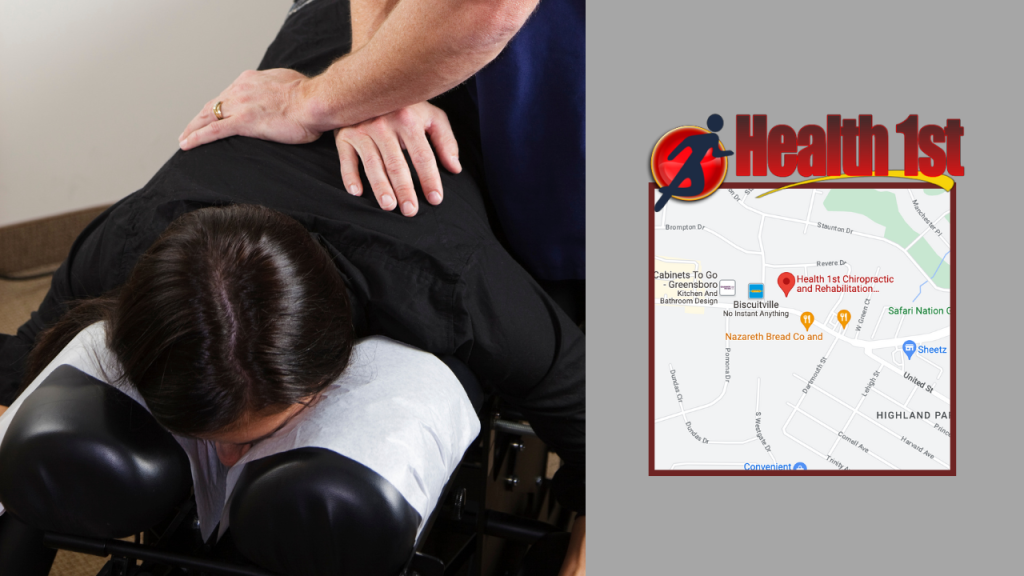Arthritis – continued
Arthritis Relief – continued

Arthritis affect people in a multitude of ways. For some, their joints might crack or click when they suddenly stand up or move. Others may experience joints that are stiff and can creak. For many pain occurs when you’re trying to perform even the simplest tasks such as opening a door, or typing on your keyboard.
Arthritis is from the Greek and means “joint inflammation” and as a disease classification has over 100 related conditions or types of disease. Untreated, arthritis can be progressive, resulting in joint damage that is difficult and often impossible to stop or reverse. That being the case early detection and treatment are extremely important.
Although there are many types of arthritis, the two most common forms of arthritis are osteoarthritis (OA) and rheumatoid arthritis (RA). Although both have similar symptoms, both occur for different reasons. Osteoarthritis can most often occur when joints are overused and misused. What happens is the cushioning cartilage that protects the joints begins to break down, resulting in the hard bones “rubbing”. Although this commonly happens in the knees, it can be found in the hips, spine and hands.
In contrast Rheumatoid Arthritis is when the body’s immune system attacks normal joint tissue. This process is not fully understood but can be rapidly progressive and starts in a person’s extremities included the hands, wrists and feet. This type of arthritis often advances to the hips, elbows and shoulders.
Although very different in cause, similar symptoms including joint pain and stiffness, overall weakness and fatigue as well as periods of slight fever and inflamed tissue occur with both types of arthritis. Another similarity is that both type of arthritis more commonly develop symmetrically, which means it affects the same joints on both sides of the body. In other words, it can be seen in the right hand as well as the left hand as an example.
One of the primary differences between OA and RA is how people report the swelling they experience. For people with RA, they tend to report “hot and mushy” swelling. While those with OA, report “hard and tight ” swelling.
Another difference is that you are more likely to develop RA if a family member, usually a parent or sibling has been diagnosed with RA. On the other hand, if you have a history of joint damage, either from trauma or chronic strain and overuse, you run a higher risk for developing OA.
There is no precise age for developing arthritis symptoms. Arthritis can affect every age group, but it seems to occur more frequently in adults over the age of 45.
And while neither gender is immune, it is reported that women are affected in more than 74 percent of OA cases and a slightly lower percentage of RA cases.
Another risk factor for OA are people with excess weight. This is especially seen in the knees and when you are around 45 years. However, losing weight can turn the odds around by nearly half Regular activity combined with exercise also reduces risk of OA. It is important to note that the PROPER exercise is important for arthritis suffers since excessive repetitive traumatic exercise can increase the progression of OA symptoms.
Although there are no all in one cures for arthritis, there are a variety of pain relief therapies available. Aside from medications, creams, joint replacement alternatives and other useful treatment options, the five primary natural arthritis relief aids are gentle exercise, good nutrition, proper diet and nutrition, a positive mental attitude and rest.
Today, only a small percentage of those afflicted with arthritis lose the ability to ambulate.
If you suspect you may have arthritis, it is recommended that you seek medical advice from your doctor or chiropractor. Look to reduce pain and inflammation using natural remedies before you decide on using prescription drugs.

